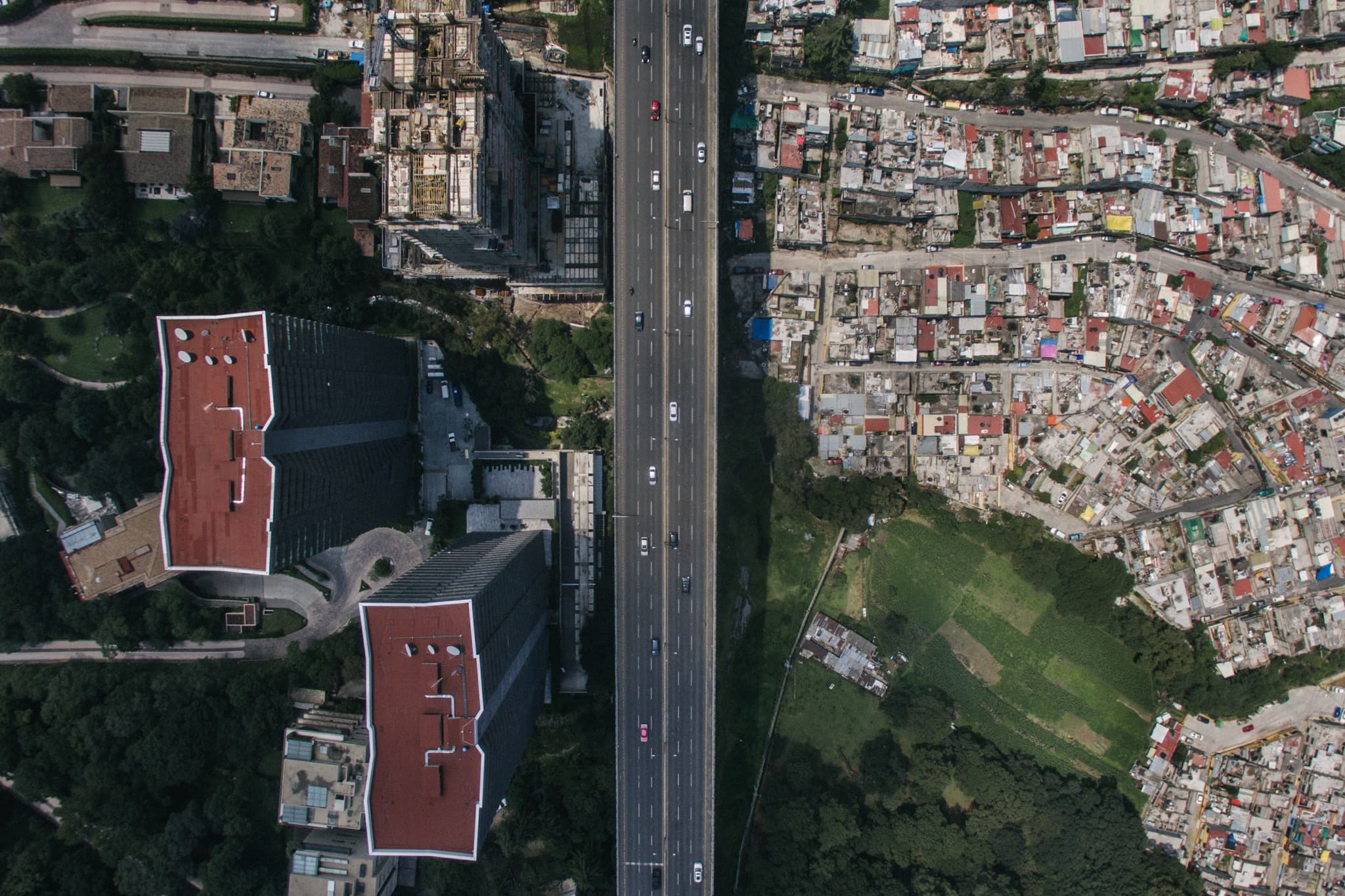
Migration, progress and the intimacies of others: ways to refine (and question) the gaze
Luis Antonio Rojas is a civil engineer and photojournalist. He studied at the International Center of Photography in New York City, and since he returned to Mexico, he has worked in collaboration with the media. He says he practices “the western school of being the fly on the wall to make images that speak of this everyday life”.
While he enjoys it, he notices some “colonial overtones” in the activity. “I often wonder if it is possible to change these patterns from within the institutions as an independent photographer or if these concerns will continue to live on personal projects where I find more freedom,” he reflects.
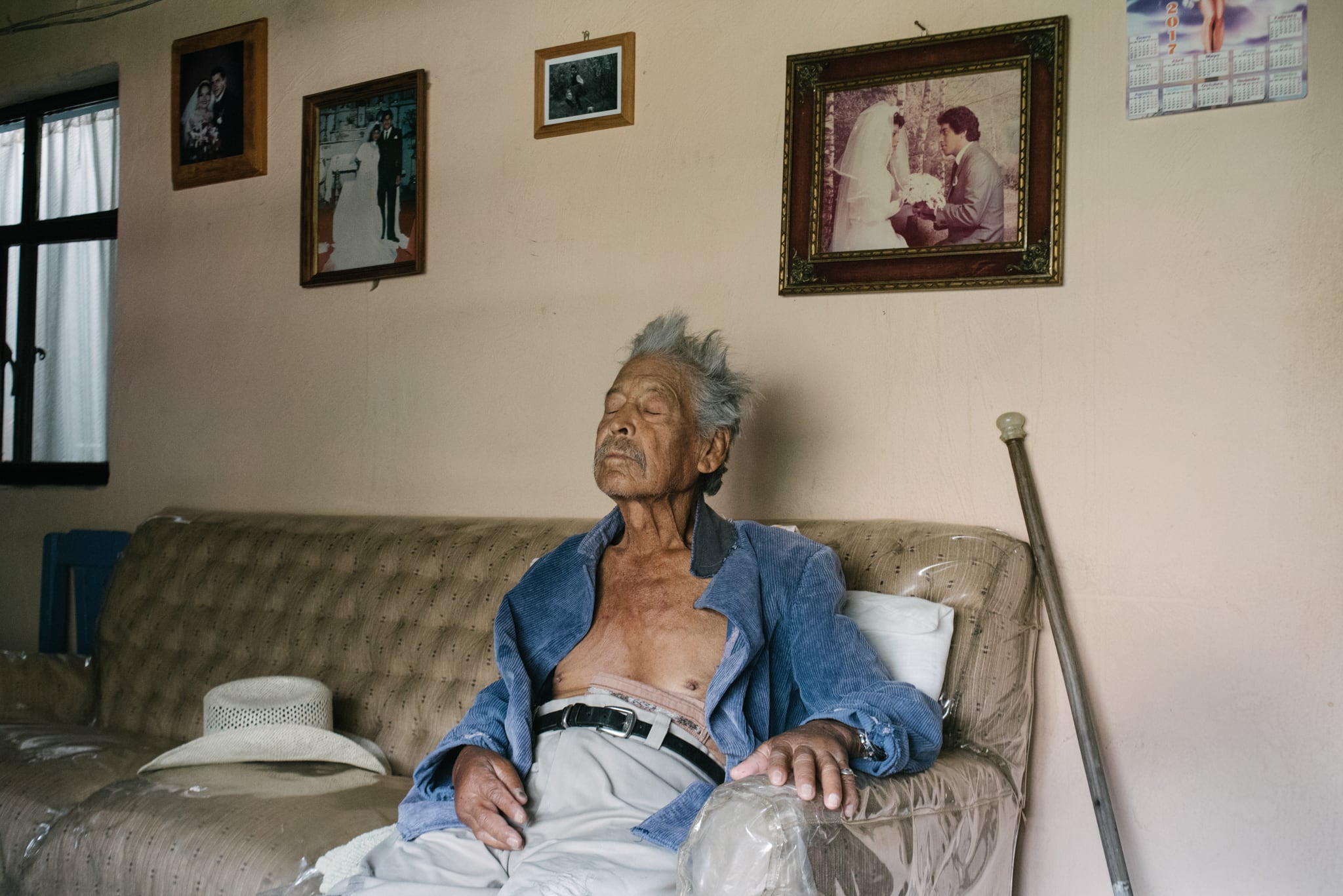
Luis Antonio Rojas
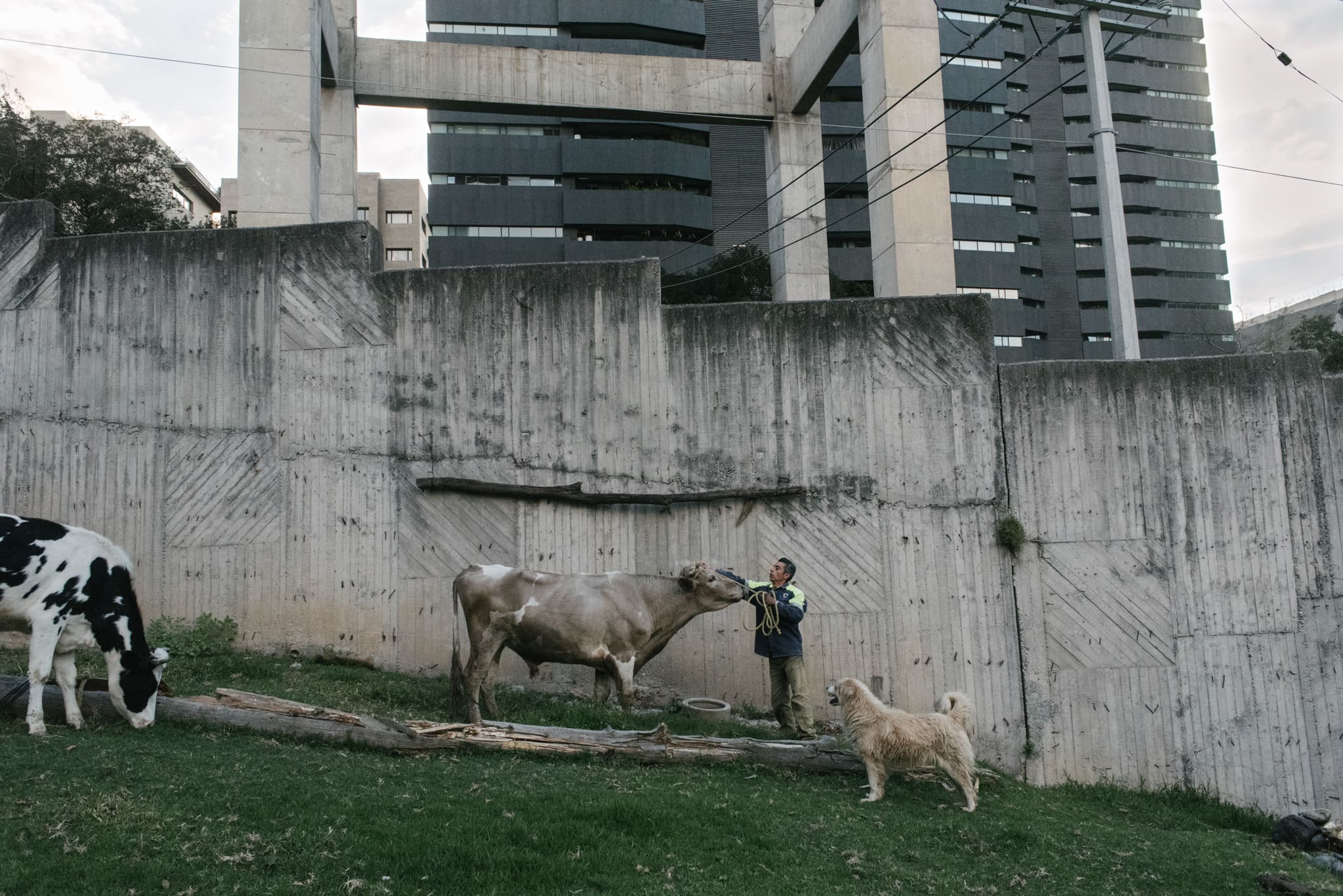
Luis Antonio Rojas
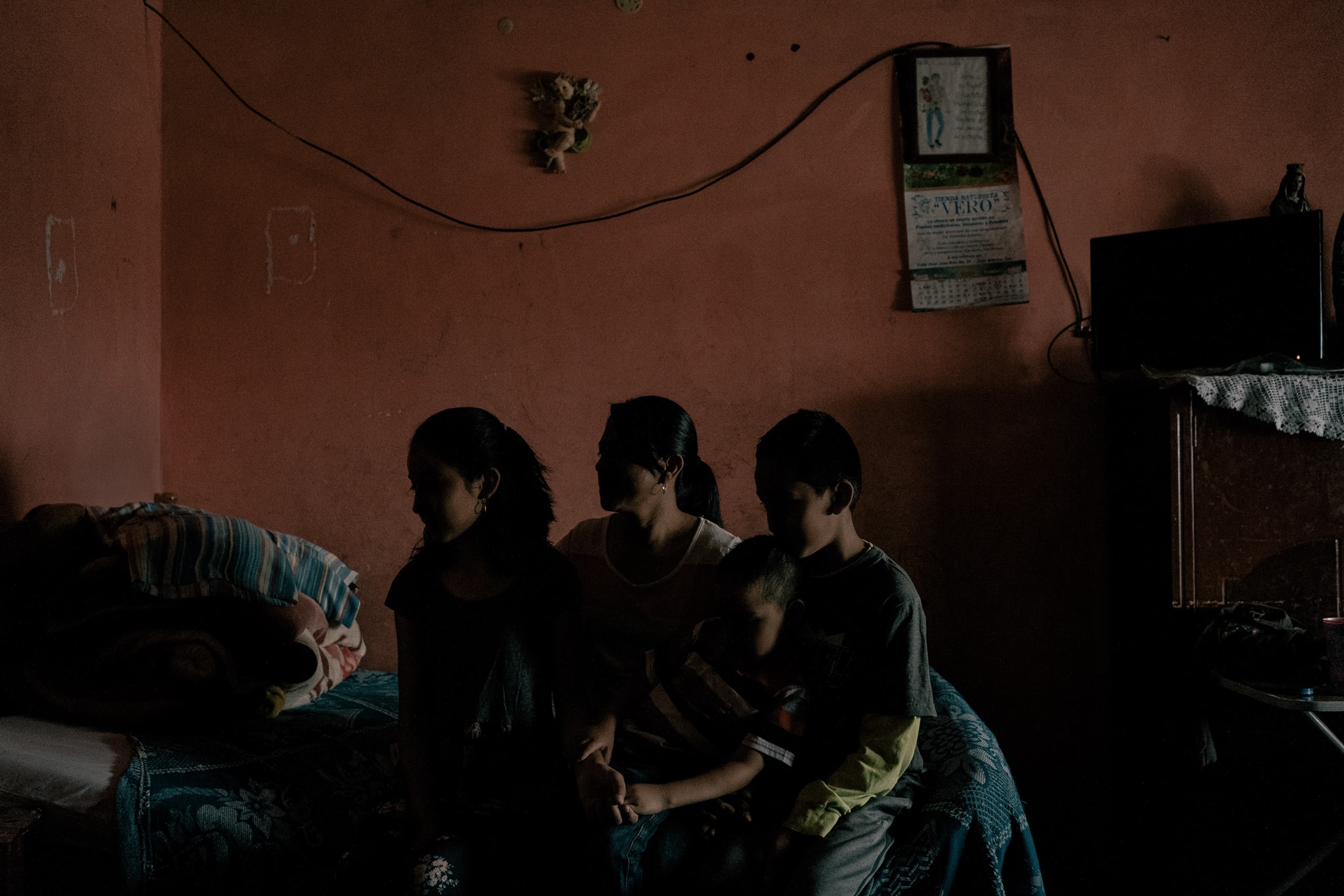
How did you get into The Last Peasants story?
I carried the camera with me when I walked around the university where I was studying civil engineering. I was trying to understand the area, marked by a contrasting social inequity on the shores of Mexico City. Almost by accident, I ran into the Carmona family, living in a rural microcosm in the middle of a concrete giant. They are the last peasants of Santa Fe, an urban development planned by the government in the 80s to represent the progress and modernity of the city through luxury residential subdivisions and skyscraper business addresses.
Gerardo is the youngest son and the one who stayed to farm his father’s land. A 25-meter bridge, like the ones my father has built all his life and I was learning to build in college, surrounded his asbestos house. On one side, some cows and a small cornfield. On the other, a luxurious condominium with its own golf courses. Every time I had a couple of free hours I would sneak out to spend time with them. I stayed over when it got late.
They took me in like a lost grandson and I will thank them forever for that. I was going to college but I was thinking about them and photography all the time. That intersection of roads occurred there, the search to question urban progress and document the people who plant a resistance.
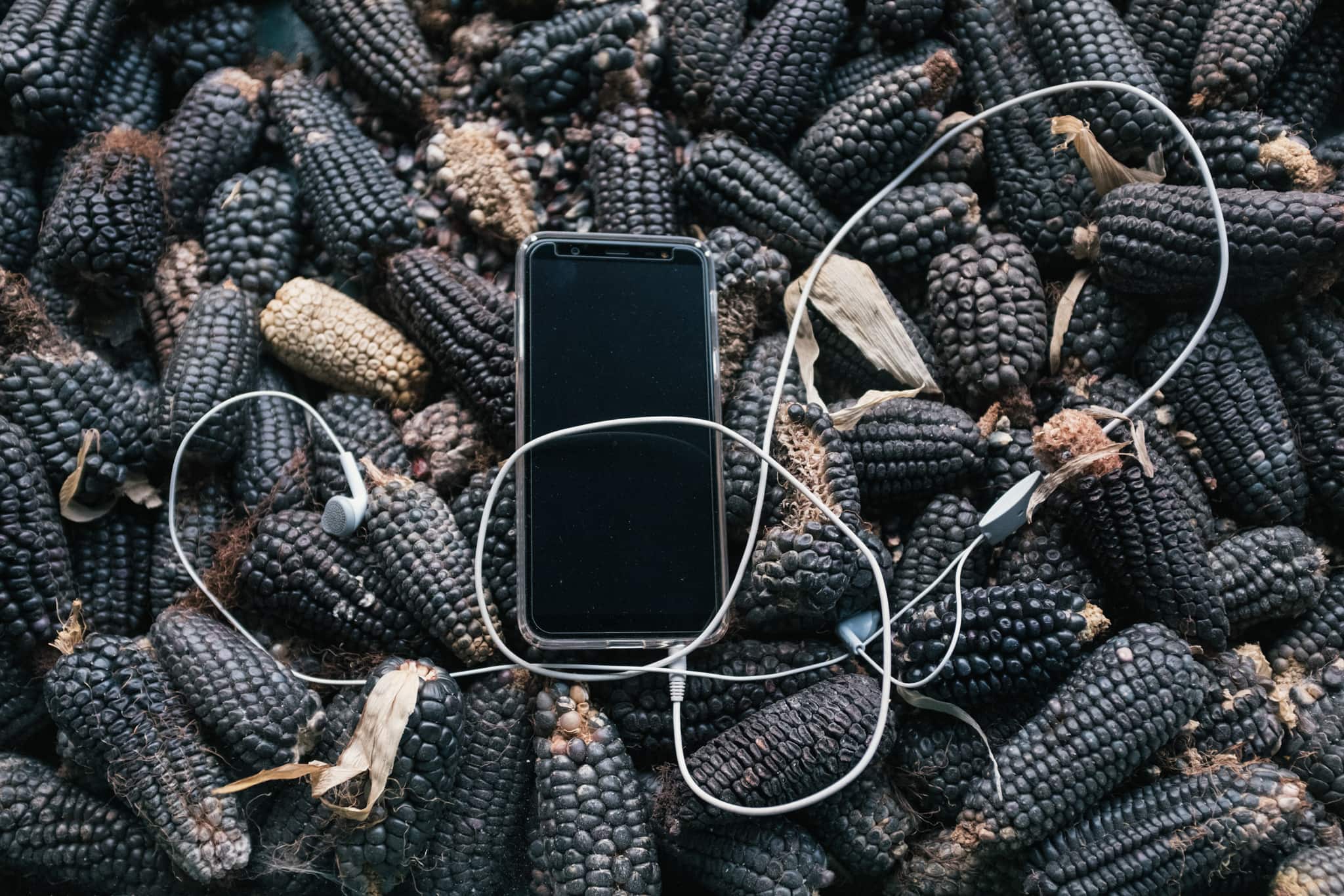
Luis Antonio Rojas
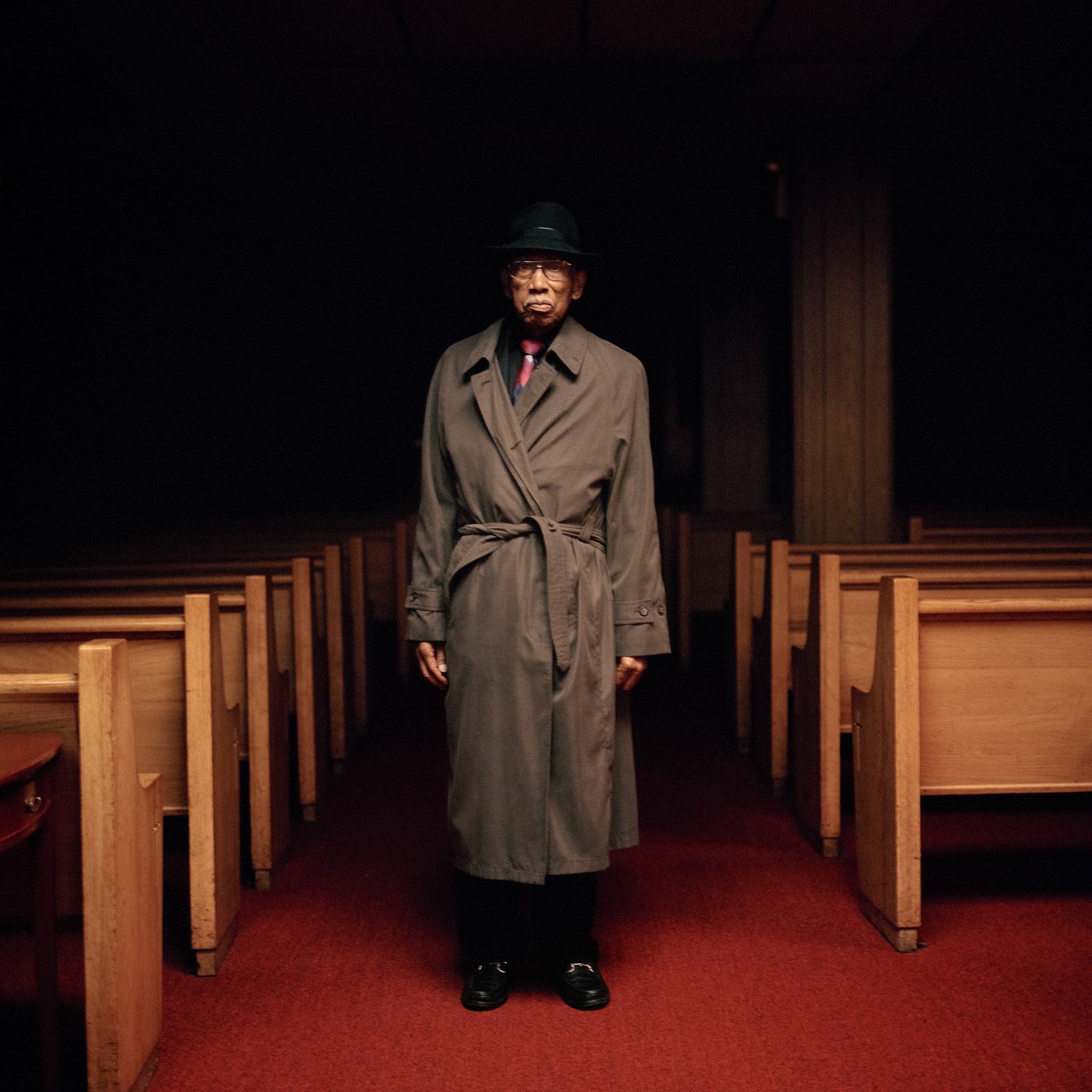
Luis Antonio Rojas
How did you achieve that feeling of loneliness in Ricardo Mendoza’s photography?
It is the type of images that the industry consumes daily and that I constantly question. Hard moments and the more intimacy, the better. We were from ten to fifteen journalists attending the funeral of half a dozen victims of an armed group in the mountains of Guerrero. The youngest, the one in the white satin casket in the picture, was only 15 years old. In cases like this, I can’t wear long glasses or push a button without having talked to family members first. I try to do this with the utmost self-criticism and empathy. I asked the mother of the murdered child for permission. When I saw the coffin enter through the church door, I stood a few meters away, waiting for Ricardo to pass under the light that came through a window and painted the copal smoke, obscuring the rest of his relatives and journalists who were on the scene.
How did the idea of “Notas de voz desde Tijuana” come about?
One night in October 2018 in Mexico City, inside the temporary camp for the migrant caravan at the Palacio de Los Deportes, I met Hugo Martínez. He had met him a week earlier during a report on the first steps towards the United States border, in Tapachula. Hugo had left Tegucigalpa (Honduras) with his 20-year-old son, without notifying anyone. So that I could contact his dad, I lent him my phone. No one answered. He recorded a voice memo on WhatsApp to apologize for leaving without saying goodbye. Upon receiving the cell phone back, both of us were crestfallen for a while.
Hugo was part of the 8,000 displaced people who left their country to create the largest caravan that has dared to travel this route. His stories tend to be reduced to categories: the adolescent fleeing gangs; the mother looking for better opportunities; or the youth that pursues a dream; but they are much more than that. Most seek to escape unimaginable contexts and the magnitude of this movement was colossal, its scale generated hope.
When the caravan arrived in Tijuana, I lent my cell phone to other members of the group so that they could contact family and friends. With their consent, I recorded the calls and voice memos. Using a medium format analog camera allowed me to encourage the process when it came to portraits. I was interested in diversifying how migration is recorded and understood, a permanent global emergency that periodically occupies the focus of the media eye.

Luis Antonio Rojas
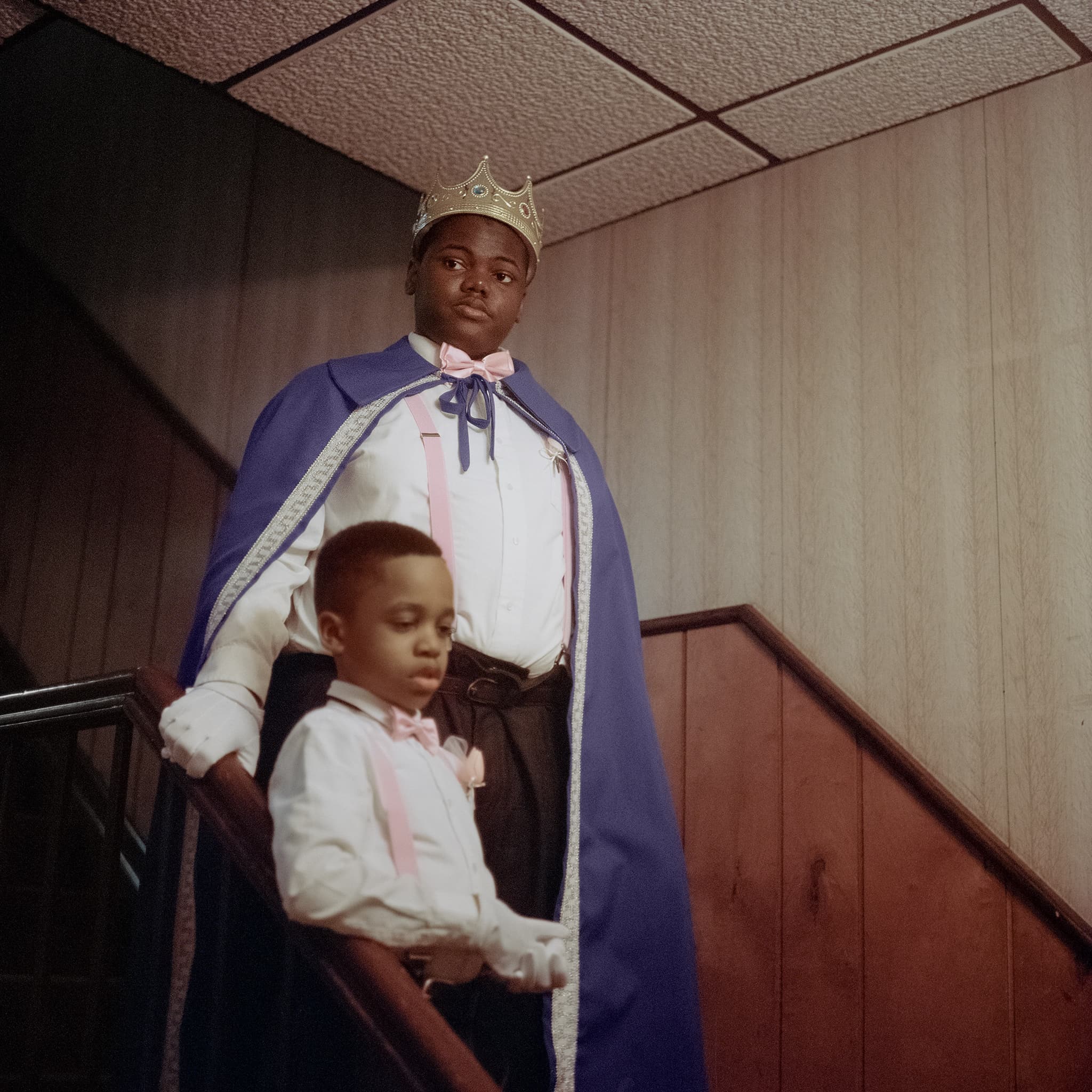
Luis Antonio Rojas
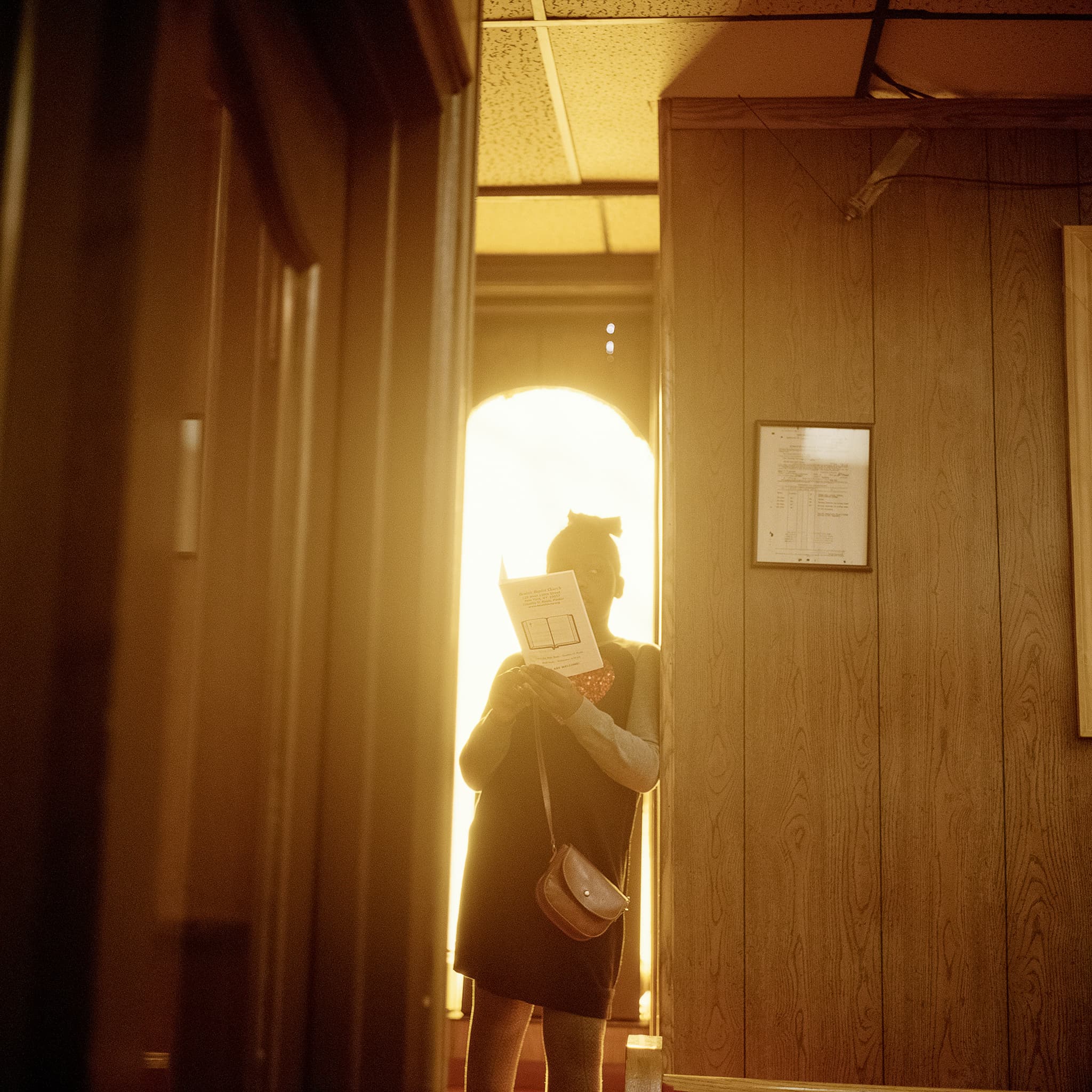
Luis Antonio Rojas


